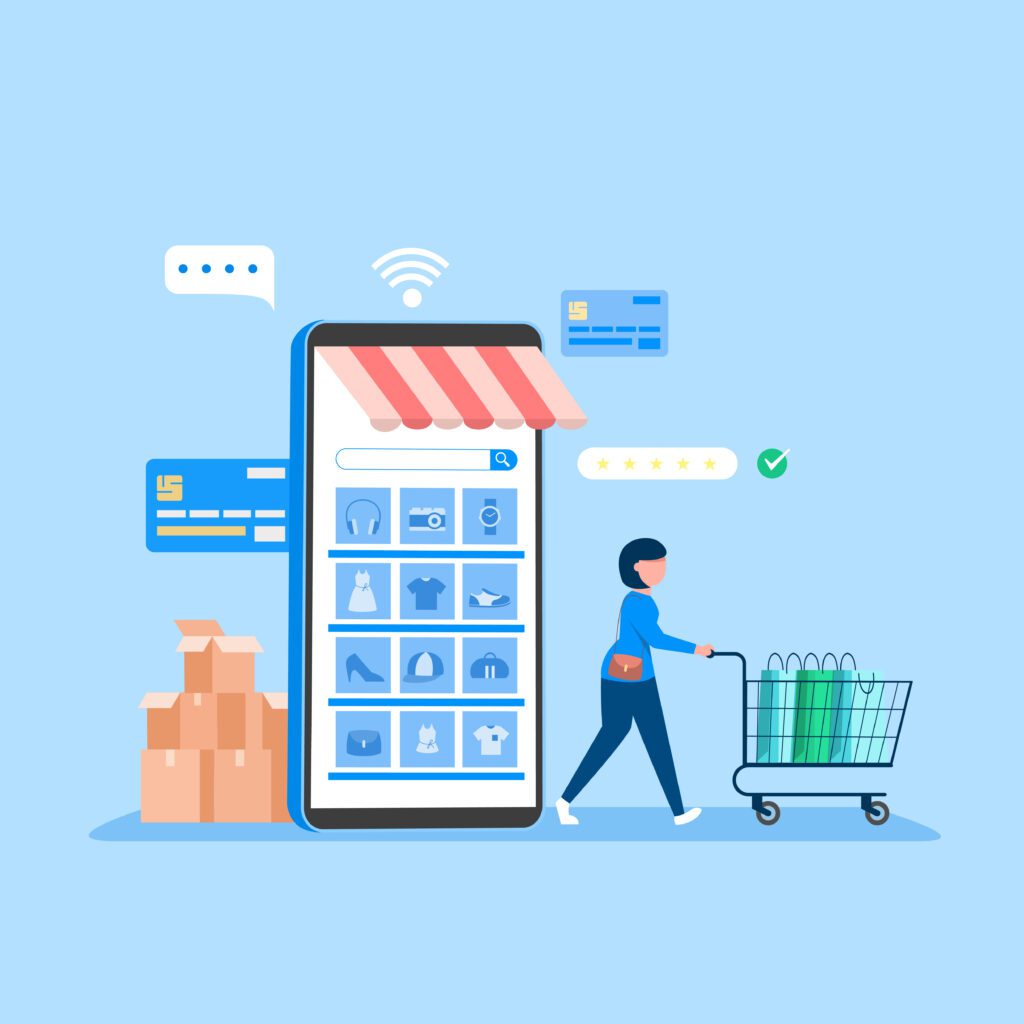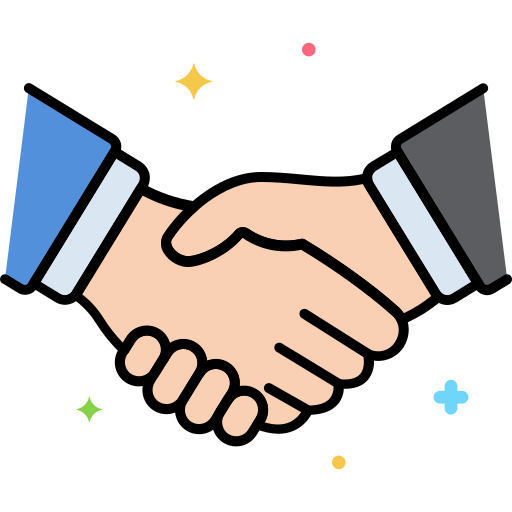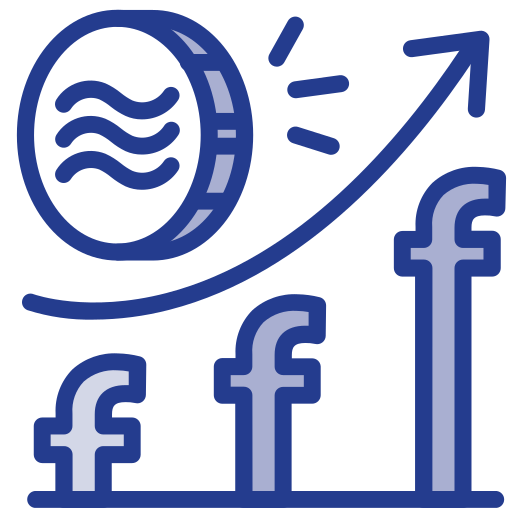What Is Lead Generation?
The method of finding potential customers for a business's or service's needs and leading them to the sales flow is known as lead generation. The aim of lead generation is to pre-qualify potential customers in order to fill the sales pipeline and speed up the checkout process.
Lead generation can take place in a number of ways, including online and in person. The more people you reach out to, the more potential buyers you'll find. Which will increase the number of people in your sales pipeline. Your sales team can save a lot of time by generating leads. Because it helps them to concentrate on the most important contacts.
Although each organization has its own protocol for producing leads, the following steps are commonly followed:
Discovery
Identifying people who may be involved and laying the foundation for forming a partnership with a potential customer.
Create a relationship with a potential customer
Begin building a trustworthy relationship with potential customers to make them feel at ease with your company and what you have to give.
Qualification of potential customers
Seeing if the prospect is willing to move on to the next stage; the lead
}also passed on to the sales team at this point.
What Is The Intention Of A Lead Generation Process?
Lead generation lays the groundwork for attracting new audiences and has the following advantages:
- Choose the best leads. Your lead generation efforts allow you to reach a group of people who are more likely to turn from potential to real customers.
- Make interactions with potential customers. Keeping in contact with potential customers is important for developing confidence, and it can lead to a situation where they are willing to take the next step.
- Increase the pace of the sales process. Your sales team can use the stakeholder list created by the lead generation. Process instead of starting from scratch every time they need to find customers.
- Maintain a healthy distribution pipeline. Lead generation makes it easier to keep your pipeline stocked with pre-qualified leads. Helping you to more reliably predict sales volume.
Lead Generation Categories
The process of locating and pre-qualifying leads for the sales pipeline known as lead generation. However, not everyone is able to buy right away. As a result, regardless of where the prospect is in the sales phase. Lead generation and marketing tactics customized to suit their needs. These definitions often used to help describe the various phases of the lead generation process that a prospect goes through.
- ToFu Marketing (top of the funnel) – focuses on finding people or new leads who have recently contacted and expressed interest in your business. Marketers cannot easily predict which potential buyers are most likely to produce sales at this early stage in the process.
- MoFu Marketing (middle of the funnel) – focuses on developing relationships with prospects in order to translate your portrayal or demonstrated desire into a relationship. This relationship should, in theory, develop the confidence necessary to proceed to the next phase and make a purchase.
- BoFu Marketing (bottom of the funnel) – focuses on assisting interested potential buyers in taking the next move and making a purchase. To transform potential customers into customers, BoFu's tactics include a straightforward offer and a call-to-action.
Several other concepts that often used in conjunction with lead generation.
- Marketing Qualified (MQL) prospects – potential customers who are unfamiliar with your website or company and have shown interest or reacted favorably to your marketing campaigns, distinguishing themselves from other customers by not being able to speak with your sales team yet.
- Sales Qualified Potential (SQL) – Potential customers who are more likely to become customers because they are more involved in the marketing activities. These potential buyers actively engaged by the sales team.
- Product Qualified (PQL) Potentials – The most often active potential customers for trial versions of a product who took a free or trial product offer and are interested in purchasing it.
- Service Qualified Potentials – Potential customers who have approached customer service and expressed or indicated an interest in upgrading to the next level of service are often correlated with customer service.
It's good to have a lot of leads, but don't overlook the importance of having high-quality leads. Because they're more likely to purchase your product and progress further down your sales funnel.
A lot of analysis done while evaluating consistent leads. But it will be well worth it in the end. To grow your high-quality leads, establish relationships with them. They are the people who will be your potential customers.























































































